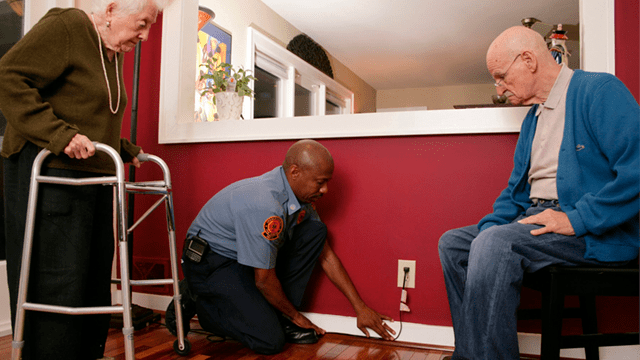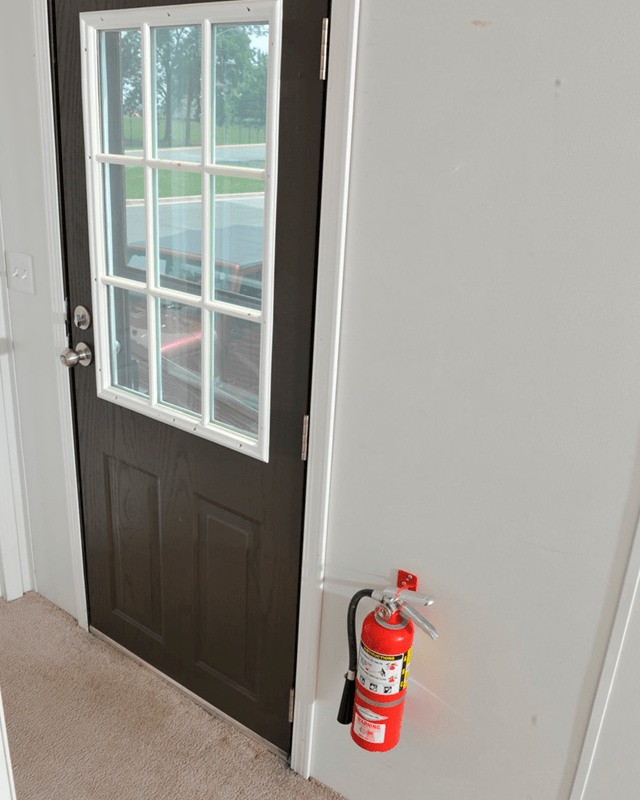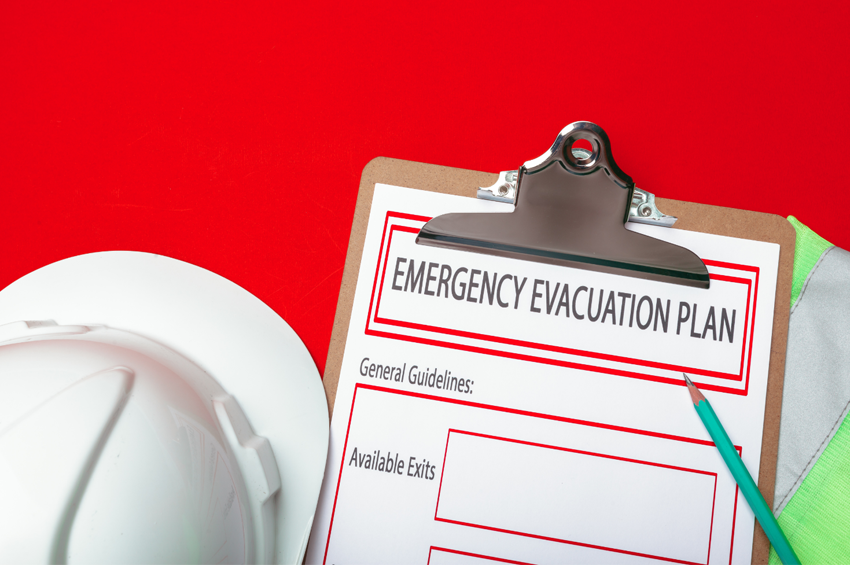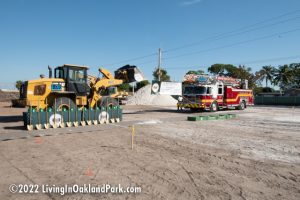Lately, we’ve all been spending a lot more time at home and while many of us in Oakland Park are adapting to our new normal and finding solace in our daily routine. An opportunity exists to review your current home’s safety plans. Some may not have a plan in place and would like to know where to start when planning one for their home. Or perhaps you have a plan and would like to cross-reference some points on your plan to insure you’re on the right track with your home’s safety plan.
I recently consulted with Oakland Park Fire Rescue Acting Assistant Fire Marshal and Investigator, Christopher French, for safety tips and resources residents should consider when making these safety plans. This includes guidance for the types of fire safety equipment you should have on hand in your home.

What’s Your Plan?
According to the Florida Fire Prevention Code, having a means of egress with limited obstructions to these egress points is one of the minimum requirements to “safeguard public health, safety, and general welfare”. Having an established escape plan in your household will help an evacuation go smoother in the case of an emergency.
When establishing your plan consider these tips provided by OP Fire Rescue, “always alternate where the “Fire” is so that the occupants are used to using at least 2 ways out of the home and keep those escapes clear and free of clutter that would hinder an escape and use social distancing if necessary.” Make sure to rehearse your escape plan with your family since this will help insure a smoother process in the event of an emergency.
What about Smoke Detectors and/or Fire Safety Equipment?
There are many great licensed fire equipment stores that can be found in our city. A fire extinguisher is an essential component to have readily available in your home and should be located and mounted to a wall near the escape route. As a general rule, portable fire extinguishers for the home should have a rating of at least 2-A:10-B: C. Only adults who know how to use portable fire extinguishers should use them. If you have a fire extinguisher in your home, make sure to follow the manufacturer’s instructions for placement and mounting height, and inspect it monthly as well as have it serviced annually.

Another important item to consider when evaluating your fire safety equipment is if your smoke detector(s) are less than 10 years of age. Is there any damage to the unit(s)? A tip that Oakland Park Fire Rescue offers residents is to “get in the habit of putting a masking tape date of when the batteries were last changed”. This will help ensure that your smoke detector always has functioning batteries.
When using and storing flammables (e.g., pesticides, fertilizers, paint, gasoline) be mindful and make sure to store away from any source of heat or flame and if you’re a smoker, remember that you should never smoke near flammable liquids. When cooking, “Keep an Eye on what you Fry”. Oakland Park Fire Rescue suggests wearing “short sleeves or roll them up so they don’t catch fire”. They also note that “if a pan does catch fire, slide a lid over it and turn off the burner and never throw water on a grease fire EVER!!”

Empower Yourself and Insure Your loved Ones' safety - Learn More Online!
For access to public information and education programs on fire prevention, you can check out webinars on both NFPA and FEMA websites, which offer excellent Public Education materials.
Now is a good time as any to make sure that your home is current with its safety conditions, equipment and plans. The folks at Oakland Park Fire Rescue want the residents of Oakland Park to know that they are “always ready to respond at a moment’s notice, but really don’t want to meet by accident”.


















4 Responses